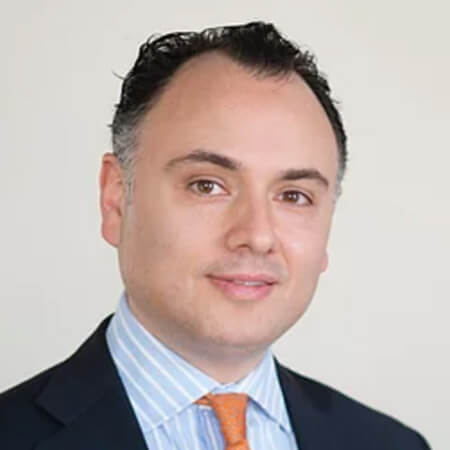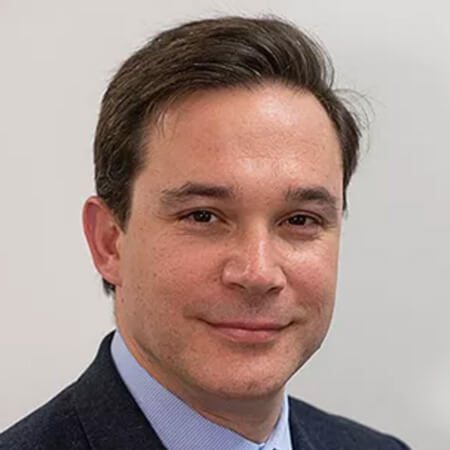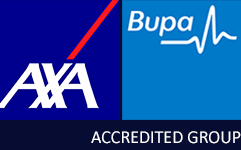Shoulder Arthritis
Shoulder arthritis is a term used to cover and describe a range of conditions where the joint surface (articular cartilage) wears out. This condition is progressive and results in a bone-on-bone environment.
The body then produces bone spurs (osteophytes), which can lead to range of movement being reduced or lost. Common types of arthritis include:
Osteoarthritis – wear and tear with advanced age over time
Rotator cuffarthritis – following chronic large tears
Rheumatoid arthritis – autoimmune disease which can result in inflammation to the joint lining and joint destruction
Symptoms of Shoulder Arthritis
In general the symptoms will be pain, swelling and tenderness that lasts longer than two weeks. However the type of arthritis will cause different symptoms. Early morning stiffness and reduced range of movement are also common.
Shoulder Arthritis Diagnosis
A diagnosis is made based on the medical history, physical examination, X-rays and sometimes blood tests and other specialists may need to be involved depending on the cause. Other imaging techniques such as MRI or CT scanning may also help plan definitive treatment.
Shoulder Arthritis Treatment
Early treatment options help relieve the symptoms and these include anti-inflammatory medications, pain relief, physiotherapy and a reduction in activity. Steroid injections (cortisone) can also ease the symptoms temporarily for several months. This may be sufficient to control milder cases, however when these options are no longer helping control the pain surgery can be useful. Treatment decisions are based on the severity of the arthritis and the impact it has on the patient’s daily life.
Shoulder Replacement
Shoulder arthroplasty (replacement) removes the arthritic pain by replacing the painful contact between the ball (humeral head) and socket (glenoid) with a new surface. The surgeon will recommend the procedure best suited to the patient’s needs.
The shoulder (gleno-humeral) joint can be replaced with metal and plastic implants (prostheses). This is known as a total shoulder replacement. Typically a metal ball and plastic socket is used. This procedure can only be carried out if the rotator cuff is intact.
Sometimes only the ball part needs replacing and the surgeon may in that situation perform a hemiarthroplasty (half a joint replacement), where the humeral head is replaced with a metal ball on a stem. Shoulder resurfacingis similar but involves replacing the ball (humeral head) with a smaller prosthesis without a stem. This can be combined with rotator cuff repair if indicated.
When the rotator cuff is torn, and arthritis is severe on both surfaces of the joint, a reverse geometry shoulder replacementcan be done. In reverse total shoulder replacement the socket and metal ball are swapped around. This means a metal ball is attached to the shoulder bone (scapula) and a plastic socket is attached to the upper arm bone (humerus).
Risks of Shoulder Replacement surgery
Surgical treatment of shoulder arthritis is generally very effective in reducing pain and restoring movement. However, as with all operations there are some potential rare complications to be aware of.
These include:
- Anaesthetic risk
- Damage to nerves and blood vessels
- Infection (very rare less than 1%)
- Shoulder stiffness
- Dislocations
- Incomplete resolution of symptoms
- Arm length discrepancy (very rare)
- Component failure
- Haemarthrosis (bleeding into the joint
- Deep Venous Thrombosis
Serious medical problems can lead to ongoing health concerns, prolonged hospitalisation or rarely death. The risk of dying in the operating theatre under anaesthetic is extremely small. For a healthy person having planned surgery, around 1 person may die for every 100,000 general anaesthetics given.
After Shoulder Replacement surgery
Post-operatively patients will be given pain relief medication to be kept comfortable. A bandage will be around the operated shoulder and the arm will be in a sling for comfort. The bandage can be removed after 24-48 hours but the sling should be worn for approximately 6 weeks to facilitate healing. Your specialist will make a personalised plan for you and you will receive written post-operative instructions before you are discharged.
Swelling is normal after surgery. We recommend ice packs be applied to the area for 20 minutes 3-4 times a day until this settles down.
Patients are advised not to drive for 6 weeks whilst in a sling.
You will be given rehabilitation activities to follow, as well as a clinic appointment to see how you are getting on.
Acromioclavicular Joint (ACJ) Arthritis
The acromioclavicular joint is where the shoulder blade (acromion) meets the end of the collar bone (clavicle). This joint is the small bump that can be felt over the top of the shoulder. Arthritis is pain at this joint from damaged cartilage and bone on bone contact. This joint tends to wear with age (degenerative osteoarthritis) but arthritis here can also be secondary to other injuries such as impingement, rotator cuff tears, or other trauma.
Symptoms of ACJ Arthritis
Many people with ACJ arthritishave little or no symptoms and nothing needs to be done. However, when this condition is symptomatic patients complain of a pain over the top of the shoulder, made worse by moving the arm above the head.
Pain whilst sleeping and stiffness are also common.
Diagnosis of ACJ Arthritis
This will usually be diagnosed through a detailed history and careful clinical examination, X-Rays and other imaging tests may also help.
Treatment for ACJ Arthritis
Non-operative management options include painkillers, activity modification, physiotherapy and anti-inflammatories. Steroid injections (cortisone) can also be tried for temporary relief.
Operative management is known as ACJ excision, where a surgeon can trim away the painful bone ends of the collarbone (clavicle) and acromion (shoulder blade) to stop them from touching. This can be done arthroscopically (key-hole) as a day case procedure under regional/general anaesthesia.
The surgeon will remove the arthritis and widen the joint to eliminate pain from the joint. The joint space will then fill with scar tissue which stops the bone ends coming into contact and restores movement. Arthroscopic Subacromial Decompression (ASAD)may also be performed during the same operation.
Risks of surgery for ACJ Arthritis
Shoulder surgery tends to be successful, but it’s good to be aware of some of the potential complications that can happen and include:
- Anaesthetic risk
- Damage to nerves and blood vessels
- Infection (very rare less than 1%)
- Shoulder stiffness
- Frozen shoulder
- Fracture
- Incomplete resolution of symptoms
- Deep Venous Thrombosis (a blood clot)
Serious medical problems can lead to ongoing health concerns, prolonged hospitalisation or rarely death. The risk of dying in the operating theatre under anaesthetic is extremely small. For a healthy person having planned surgery, around 1 person may die for every 100,000 general anaesthetics given.
After ACJ Arthritis surgery
Pain relief medication will be given and rehabilitation activities will start immediately. A sling is provided for initial comfort and is removed as soon as pain allows (usually 2-3 days post-surgery).
Prior to discharge from hospital, you will see a physiotherapist who will give you a set of exercises to do. It is very important to do the exercises. If performed in combination with other procedures such as a rotator cuff repair sling immobilisation will be greater to protect the other repair. Patients are usually able to drive after 2-3 weeks. The surgeon will see you in clinic at around this time to see how you are getting on.
Surrey Orthopaedic Clinic Shoulder Arthritis Specialists:




